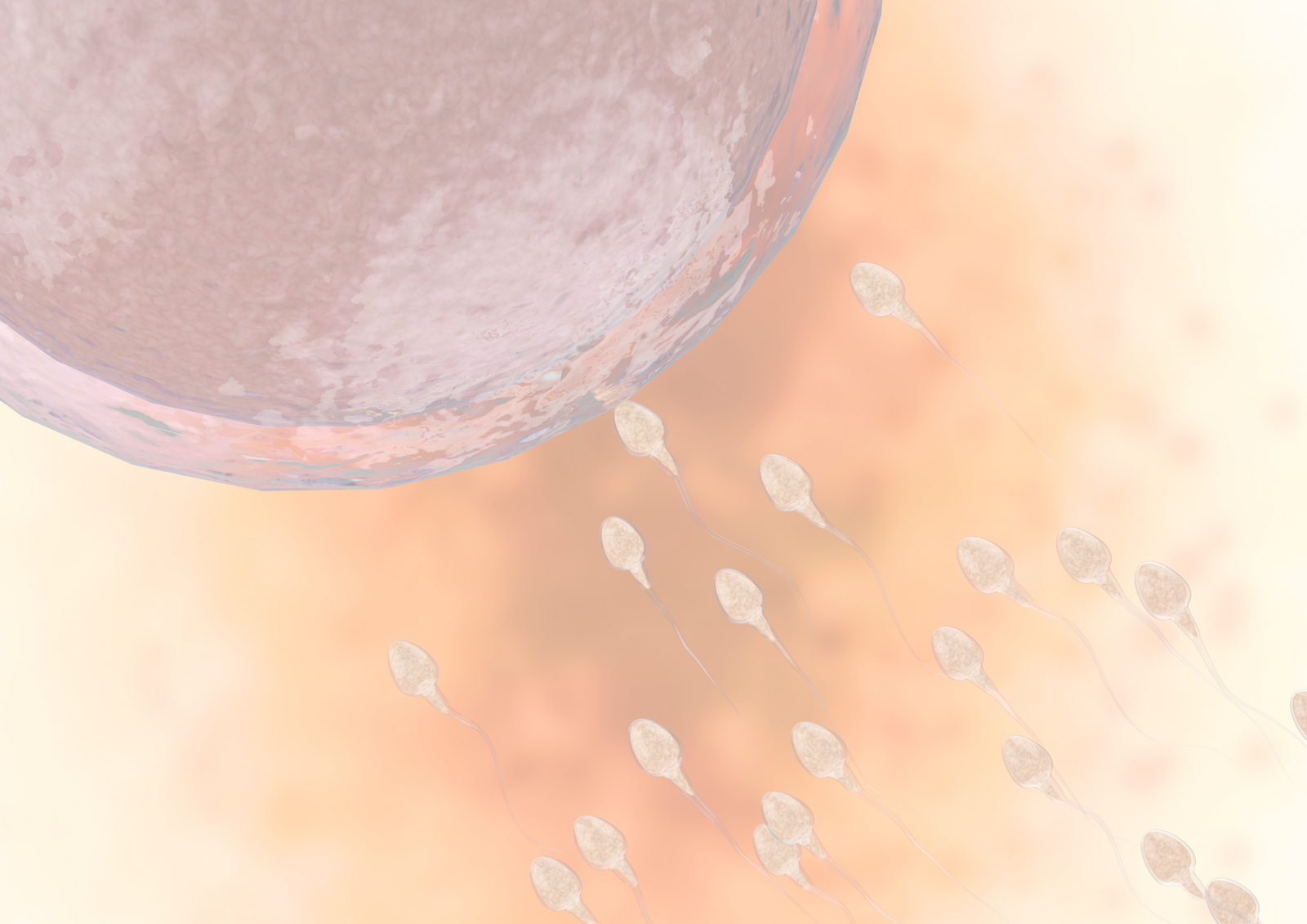The Art of Baby Making

Let’s take a closer look at what exactly needs to happen during conception in order to create your future baby.
It all starts with the big O! We are talking about ovulation, of course!
Ovulation is the process whereby a hormone change will trigger a female ovary to release an egg into one of the fallopian tubes so that it can potentially be fertilised.
Your eggs are contained in your ovaries and during the first part of each menstrual cycle, one of the eggs (an oocyte) is being grown and matured. As you approach ovulation, your body produces increasing amounts of a hormone called oestrogen, which causes the lining of your uterus to thicken and aids to create a sperm friendly environment.
These high oestrogen levels trigger a sudden increase in another hormone; luteinizing hormone (LH). Twenty-four to thirty six hours after the LH surge, the oocyte will be released from the ovary and this is known as ovulation. An LH surge is therefore an optimal predictor of peak fertility.
Since each woman’s menstrual cycle differs in length, the exact time of ovulation varies. Most women ovulate approximately 14 days before their period starts. However, stress or illness can affect your hormones and in turn influence when you will ovulate. This is why many women use ovulation tests to predict when this process has begun. Tracking your basal body temperature or examining your cervical mucus can also clue you in to when it’s prime baby-making time.
An egg by itself isn’t going to produce a baby. It needs to have a rendezvous with sperm.
It takes approximately 72 - 90 days for a single sperm to mature. Each tiny sperm starts as a germ cell that, when nourished by “nurse cells” in the testicle, become sperm. The sperm then grows a tail and will travel into the epididymis (the duct behind the testicles). Here, the sperm will patiently wait until they are released through ejaculation. During ejaculation men can release anywhere from forty million to one billion sperm! Although that number sounds very high only a few sperm will actually make it to the egg.
The vagina is a very acidic and deadly environment for sperm - many die within minutes of their arrival, and that’s just the beginning of the long and tedious journey. The sperm must swim through the cervix to get to the uterus and eventually find their way to the fallopian tube where the egg will be incoming.
Once the sperm finds the fallopian tube, the timing has to be absolutely perfect. Sperm can stay alive for around 72 hours in the female reproductive system but after ovulation, an egg only lives for 24 hours at most. So, it really is a race against time for the sperm and egg to meet.
Should the timing align and the sperm meet the egg, the real work begins. There is an activation that helps the sperm penetrate the outer protective layer of the egg, and enzymes are released that removes the extraneous parts of the sperm so that the chromosomes can join. The zona pellucida (the external surface of the egg) undergoes a reaction, which makes it impossible for other sperm to attach and penetrate. If the egg is never fertilised, the lining of the uterus is shed and you get will get your monthly period (menstruation).
Fertilisation happens when a sperm cell successfully meets an egg cell in the fallopian tube. Once fertilisation takes place, this newly fertilised cell is called a zygote. From here, the zygote will move down the fallopian tube and into the uterus.
The zygote then burrows into the uterus lining which is called implantation. When the zygote implants, it becomes known as a blastocyst. The uterus lining “feeds” the blastocyst, which eventually grows into a fetus and develops into your baby boy or girl.
Every single sperm carries a different chromosome, either an X chromosome or a Y chromosome, whilst all unfertilised eggs carry an X chromosome. Therefore while a man can’t control which of his sperm will make it to the egg first, he will ultimately decide the sex of the baby. If the egg meets with a sperm that is also carrying an X chromosome, your little girl will be here in nine months. If the egg meets with a sperm carrying a Y chromosome, get ready to meet your baby boy.
Having a clear idea of when you are ovulating can certainly assist in the baby making process.
